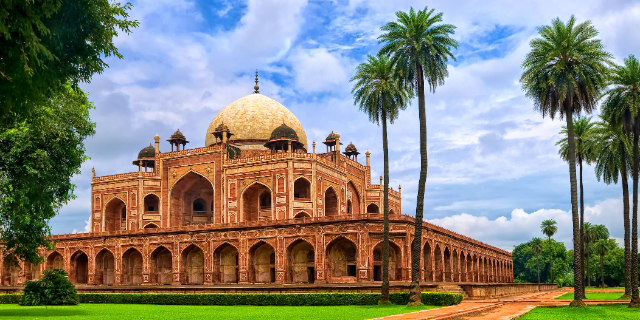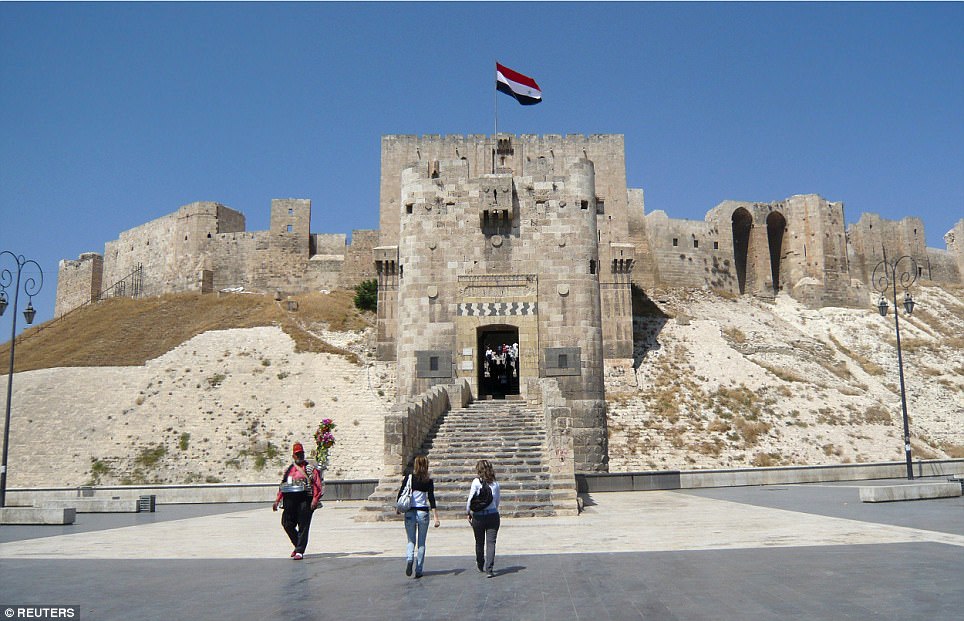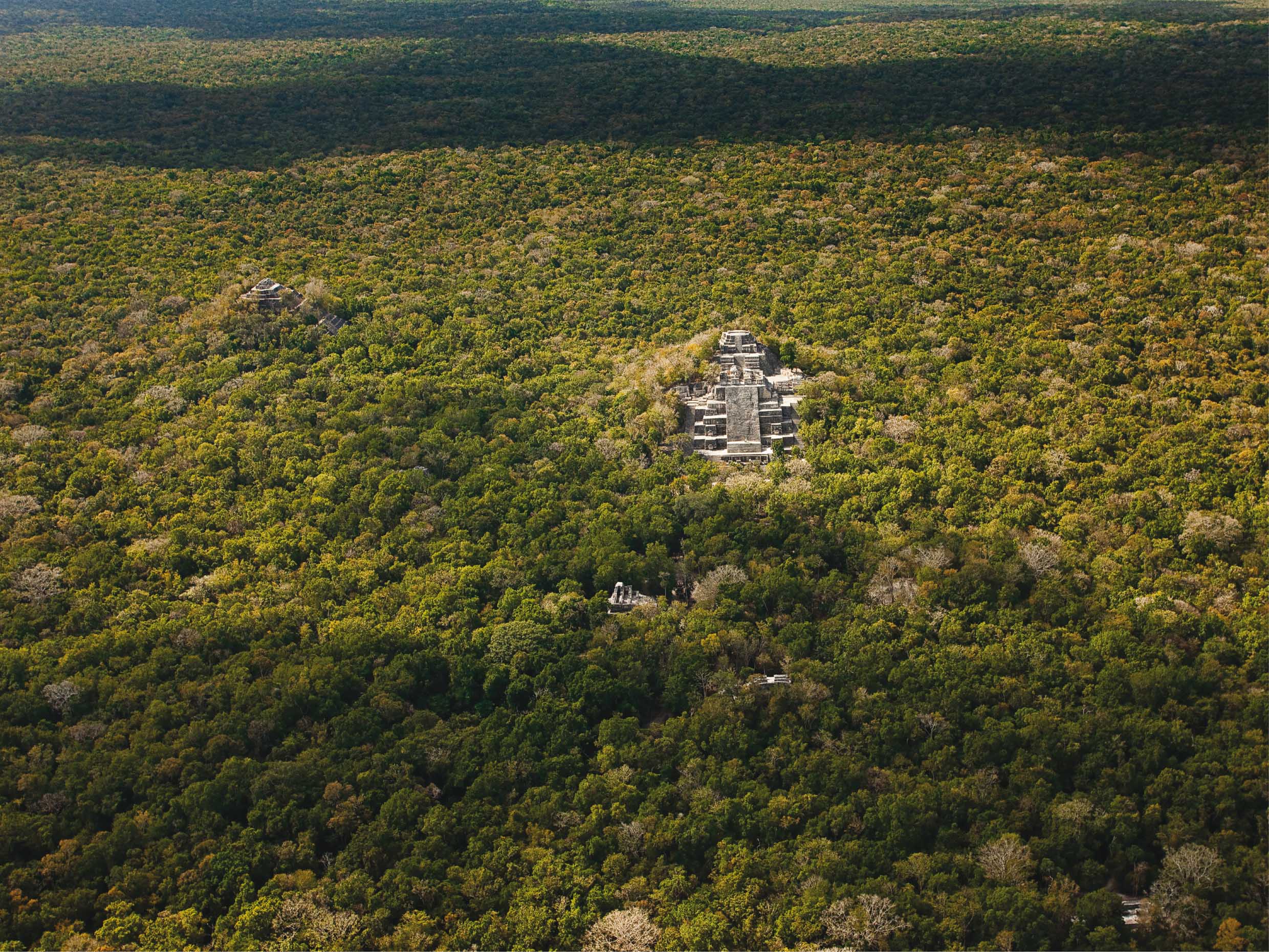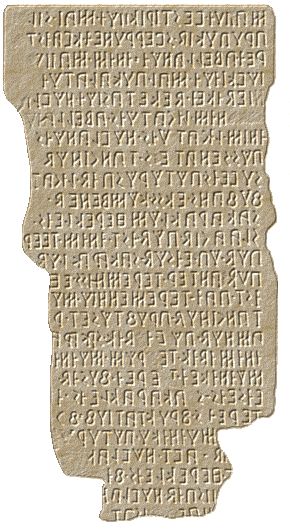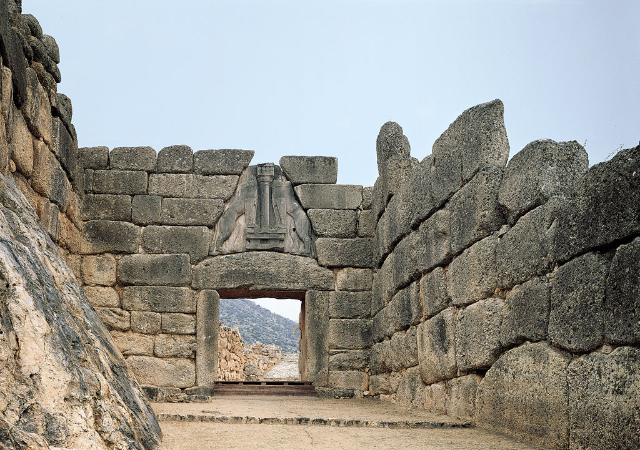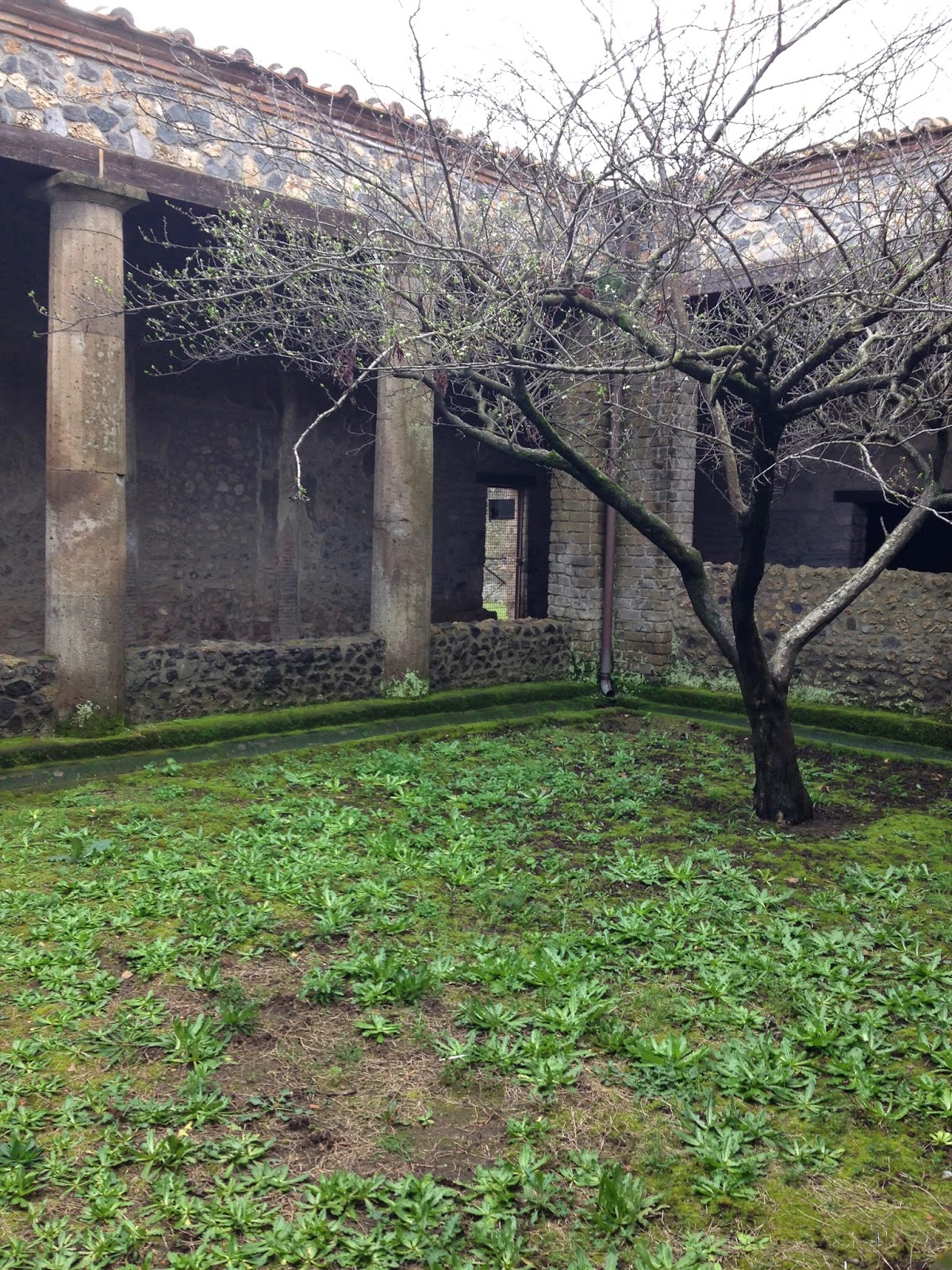Humayun Mausoleum is one of Delhi’s most important historical monuments, located in the Nizamuddin East district. Built in the 16th century in the Mughal style, it is one of the earliest examples of Mughal architecture in India and was declared a UNESCO World Heritage Site in 1993.The mausoleum was built by the Mughal emperor Humayun for his wife, Bega Begum, after his death in 1556. Construction of the mausoleum was completed in 1572 under the guidance of Persian architect Mirak Mirza Ghiyas.The mausoleum complex consists of a large rectangular garden surrounded by red sandstone walls and a main gate. In the center of the garden is Humayun’s mausoleum, built on a raised platform and surrounded by four corner pavilions.Humayun’s mausoleum is a square-plan structure with a 42-meter-high central dome surrounded by eight smaller domes. The structure is made of red and white sandstone, with details in marble and hard stone.The interior of the mausoleum features a main burial chamber, where the tombs of Humayun and his wife are located. The walls of the burial chamber are decorated with fine marble and hardstone inlays, creating a beautiful scene of light and shadow.In addition to Humayun’s mausoleum, the complex also houses other historic buildings, such as the tomb of Isa Khan, a mosque and a hammam (public baths).Humayun’s Mausoleum represents an important example of Mughal architecture in India and is a place of great historical and cultural importance. The beauty and majesty of the building make it a major tourist attraction in Delhi, a destination for many visitors and tourists from all over the world.
